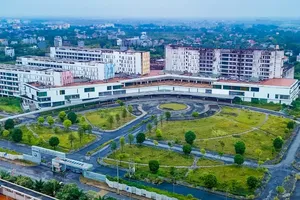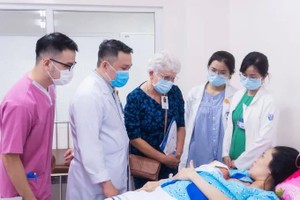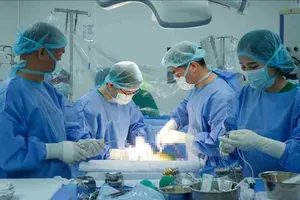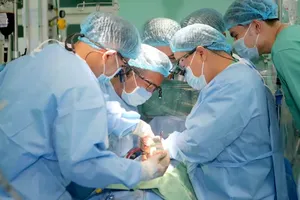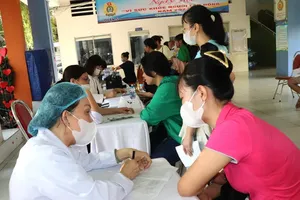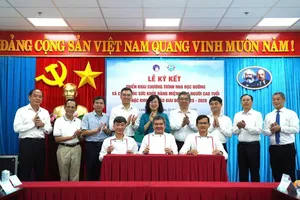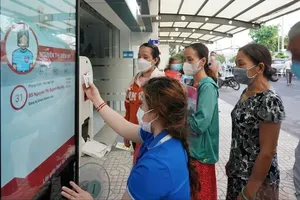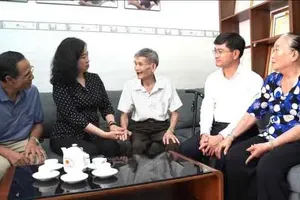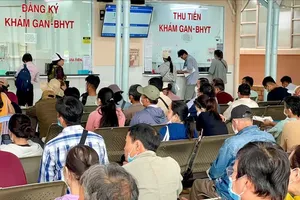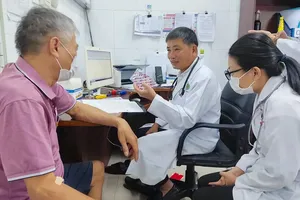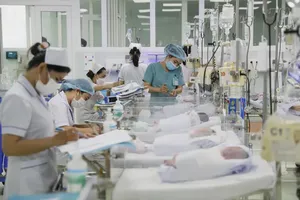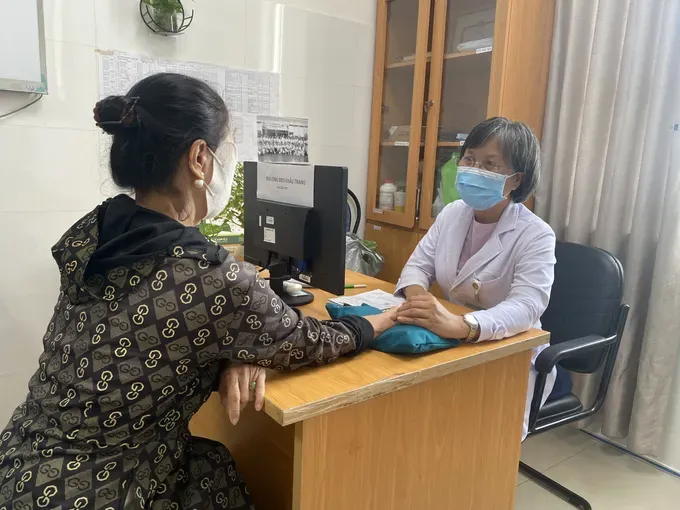
For Dang Thi Ngoc Bich from Binh Gia Commune of HCMC, the memory of her mother suffering a sudden breathing attack one year ago is still terrifyingly vivid. After receiving initial first aid at the former Chau Duc District Clinic, the family embarked on a frantic, middle-of-the-night dash to the HCMC University Medical Center.
“Even at 3:00 a.m., the 80-kilometer journey took us nearly three hours,” Ngoc Bich recounted. “The whole way, I was consumed with anxiety, terrified her condition would worsen. When we finally arrived, we had to brave a gauntlet of service touts at the gate, only to wait until almost 8:00 a.m. for a doctor’s consultation.” The entire ordeal, she said, left her family exhausted and demoralized.
News of plans to bring top-tier hospitals closer to home has been a profound relief. “Having a major hospital nearby will be a lifeline for everyone, especially the poor,” she said. “It will save us so much time, money, and hardship.”
Tran Minh Tien, a resident of Vung Tau Ward, echoed these sentiments. “A trip to a major hospital in HCMC can consume an entire morning just for travel and a basic consultation,” he explained. “If you need specialized tests, it can take days.” He also pointed to a critical gap in local planning: Vung Tau Ward, a major tourism hub, has no hospital of its own. In an emergency, residents and tourists face a 15-minute, 8-kilometer trip, risking the loss of the crucial “golden hour” for life-saving treatment.
Former director Nguyen Tan Ban of the provincial health department and current Party Secretary of Vung Tau Ward, acknowledged the “limited medical capacity” of the former province. He said that since the merger, residents rightfully expect to receive the benefits of HCMC’s advanced healthcare system, adding that developing medical tourism is a viable path forward.
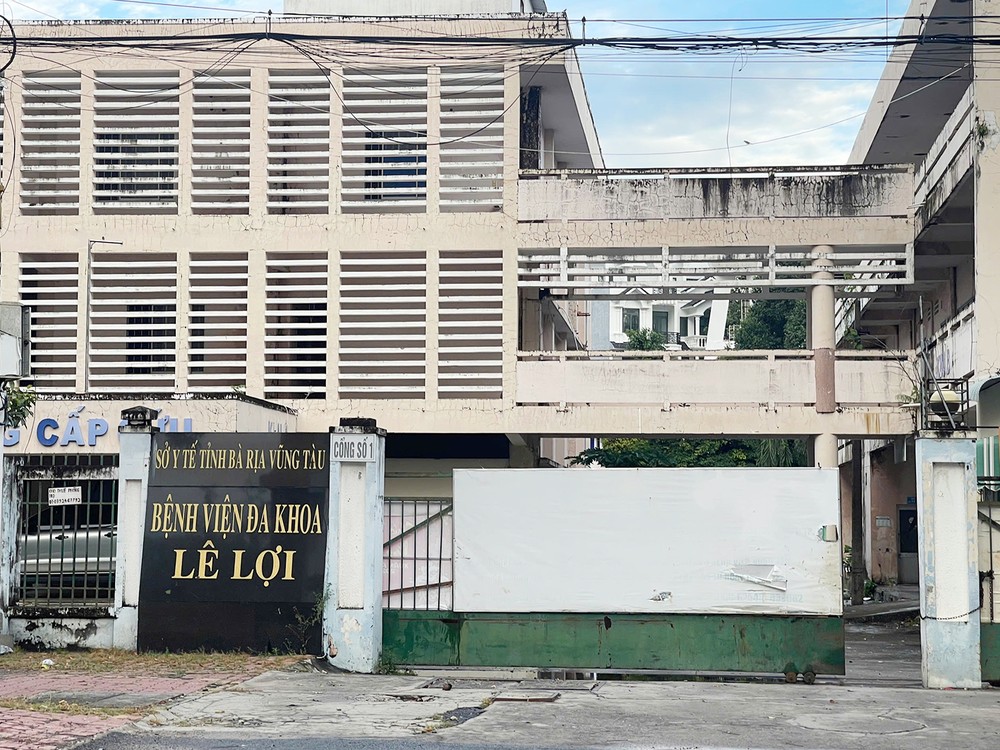
Several prime land plots, including the sites of the old Le Loi and Ba Ria hospitals, are reportedly ready for redevelopment, with the former into Vung Tau Central Hospital. According to the plan, the hospital will have a scale of 196 beds, including 5 above-ground floors and 1 basement, with functional blocks such as the hospital, medical services, parking, technical infrastructure, green spaces, and internal traffic.
In response to the city’s new strategic direction, many of HCMC’s leading hospitals have proactively proposed opening new facilities. Director of HCMC Ear-Nose-Throat (ENT) Hospital Le Tran Quang Minh, PhD Level-II Specialist, reported that his institution already treats about 13,000 patients from the area annually.
“Opening a branch in the former Ba Ria – Vung Tau area is a win-win,” he stated. “It will ease the burden on our central facilities and drastically cut travel costs for patients.” The new branch, he added, would offer specialized services like cosmetic surgery and head-and-neck cancer screenings, creating a medical tourism hub.
Similarly, Director of HCMC Oncology Hospital Diep Bao Tuan, PhD MD, noted that his facility saw 8,800 patients from the area in the first half of this year. With the motto “Caring for the sick while not forgetting the healthy,” he proposed a dedicated cancer screening center in Vung Tau for both residents and tourists.
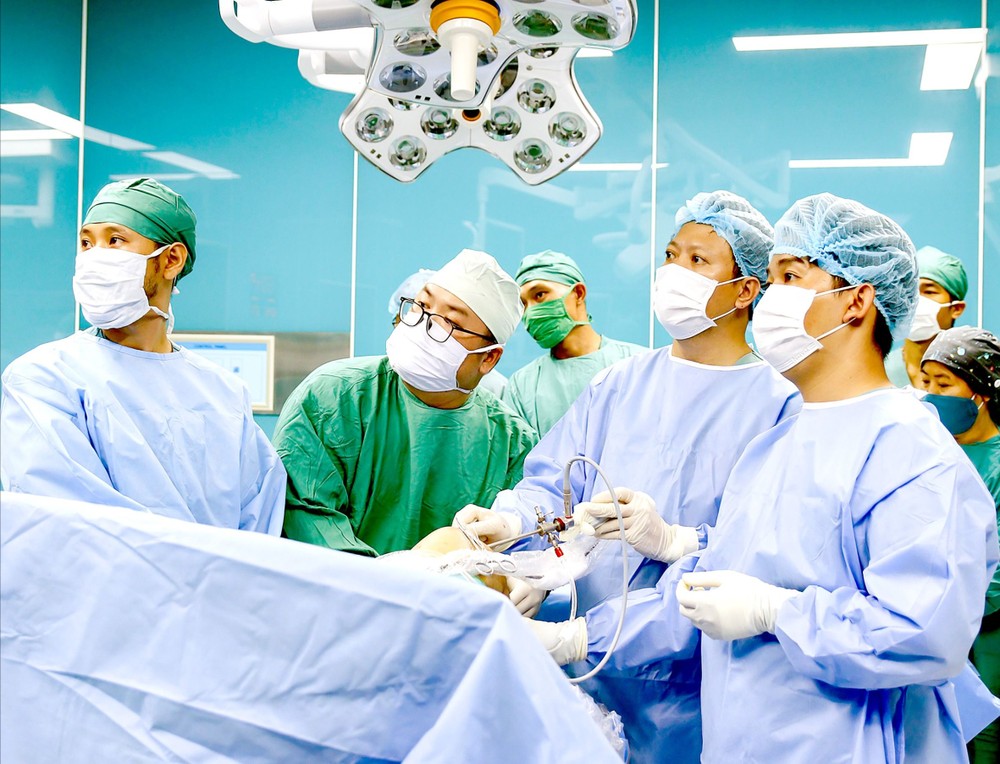
Leaders from the HCMC Odonto-Stomatology Hospital and the Rehabilitation Hospital also expressed enthusiasm, envisioning new facilities that would cater to international dental tourists and provide integrated post-operative and geriatric care, respectively.
Assoc Prof Dr Tang Chi Thuong, Director of the HCMC Department of Health, confirmed the high demand from hospitals. “We will carefully select institutions to pioneer specialized centers in this region, prioritizing those with strong financial resources and a vision for medical tourism,” he said.
The department will soon submit its proposal to the city, with the former Le Loi Hospital site as the first priority. Opening facilities of top-tier hospitals in this area not only solves the overcrowding problem but is also a strategic step to improve the quality of regional healthcare and reduce time and costs for patients.
Binh Duong residents share similar hopes
Since its own merger into HCMC, the former Binh Duong Province is also undergoing a healthcare transformation. For years, residents like Dao Ngoc Lanh, who suffers from polyarthritis, have endured the arduous journey into the city center for specialized care.
A more harrowing story comes from Mai Thi Hong, who was misdiagnosed with a bowel obstruction at a local clinic. When her condition failed to improve after surgery, she sought a second opinion at the HCMC Oncology Hospital and was diagnosed with early-stage colon cancer.
“Thanks to their timely intervention, my health has now stabilized,” she said. It is this crisis of trust in local diagnostics that drives many to make the long trip, believing that a major hospital offers a better chance at an accurate diagnosis and a successful outcome.
Recognizing this, the HCMC Department of Health has already surveyed public health projects in the area. It has recommended fast-tracking the 1,500-bed Binh Duong General Hospital for a 2026 opening and allocating additional funds to quickly renovate and operationalize two specialized hospitals for tuberculosis and mental health.
Two prime land plots await hospital investment
In late 2024, the former Ba Ria – Vung Tau Province auctioned two prime land plots zoned for medical facilities:
- A 17,787.6 m² plot in Phu My Ward was sold for VND110.3 billion (US$4.32 million), slated for a 200-bed hospital.
- A 40,439 m² plot in Phuoc Thang Ward, with a starting price of nearly VND400 billion ($15.7 million), is planned for a 400-bed general hospital.
